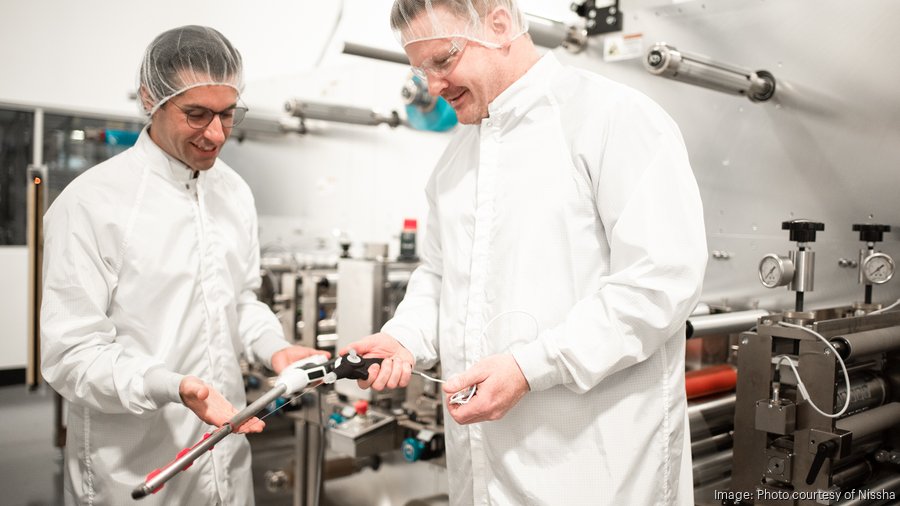Listen to this article 3 min
Niagara University has partnered with the Niagara Falls Memorial Medical Center for more than a decade. Now, the school is three years into a new program that puts students from a variety of majors through paid internships at the hospital, lining them up for a career and building a workforce pipeline.
“Our students can come in as interns, earn some money and academic credit, and it meets a need for the hospital and creates real workforce experience for the students,” said the Rev. James Maher, president of Niagara University. “It’s morphed into jobs at the hospital. It’s a way in which a university can really demonstrate value.”
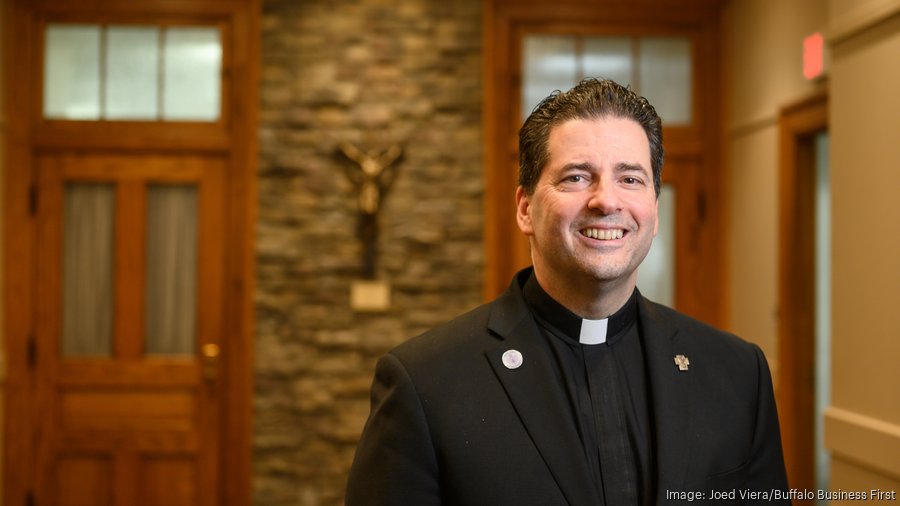
Local partnerships between universities and corporations or medical organizations are important to growing the talent pipeline in all areas of health care, from nursing to accounting to supply chain.
Nearly 10 years ago, Niagara Falls Memorial partnered with the university to have hospitality students redesign and work in the hospital café and dining area. More recently, the paid internship program has had 18 students participate since 2022, in various roles like biochemistry, business and nursing. Maher said some of those internships turned into jobs.
“It’s been a positive benefit to the hospital as well, creating a workforce pathway,” he said. “I think the students inject some energy and focus and creativity, and they provide some help and relief to people that are in the trenches every day working.”
Partnerships that build a talent pipeline are important to more than just medical centers. Medical device manufacturers like Nissha Medical Technologies, which employs about 500 people at 400 Exchange St. in Buffalo, will need consistent workforce development plans to reach its goal — to grow revenue from $300 million to $1 billion by 2030.
Jonathon Casey, chief integration officer, chief supply chain officer and executive vice president, said the company has partnered with the University at Buffalo on internships and guest lectures, but is looking to build the relationship further.
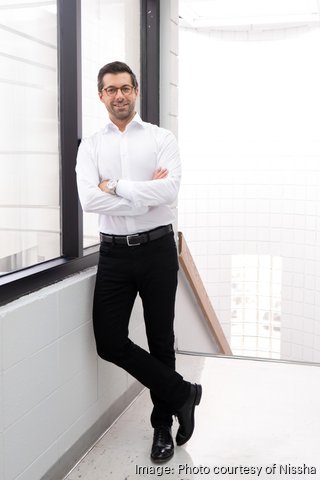
“Our headquarters in Buffalo is the epicenter of innovation,” he said. “So our aspirational goals are to continue to harness that local talent and strategically position ourselves here in Buffalo with local institutions to bring on students and employees who are embracing our vision.”
That’s why the company recently brought on Mike Springer as its new vice president of emerging technologies. Springer spent 10 years at the Jacobs Institute, and most recently was COO.
“Our partnership with the University at Buffalo has been less tangible in prior years, but Mike’s role is looking to build stronger bridges in the local communities,” Casey said.
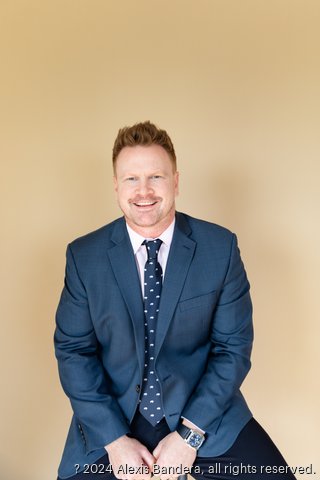
Springer said he’s working with Kemper Lewis, dean of the UB’s School of Engineering and Applied Sciences, to collaborate with the university's robotics and AI programs for further development of integrating those technologies into new medical devices.
“We’re going to be looking closely at UB not only for talent and innovation but also local collaboration as we invest in Nissha locally in terms of testing, designing and advancing the future of clinical care modalities,” Springer said.
Springer said he’d love to see a co-location with a Nissha “outpost” at UB’s new engineering building, Russell L. Agrusa Hall which will be built on the North Campus. Casey said that while the company mostly tries to engage folks in the graduate level of engineering and information systems, it does have an undergraduate internship program with 10 to15 students in the summer.
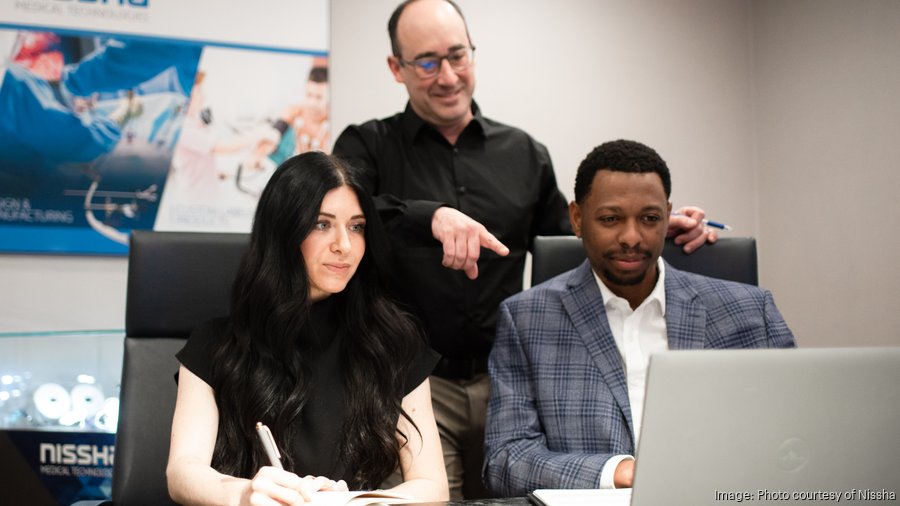
“We’ve had a lot of UB grads that have joined our organization and stayed with us,” he said.
Springer said he hopes to see programs at UB that incorporate fellowships with Nissha as part of the curriculum.
“What I think will happen quickly is we’ll start getting some resumes from people in robotics and AI that will start integrating,” he said. “But what we’d really like to see are the co-ops or fellowship programs where that’s continuous and mutually beneficial.”
